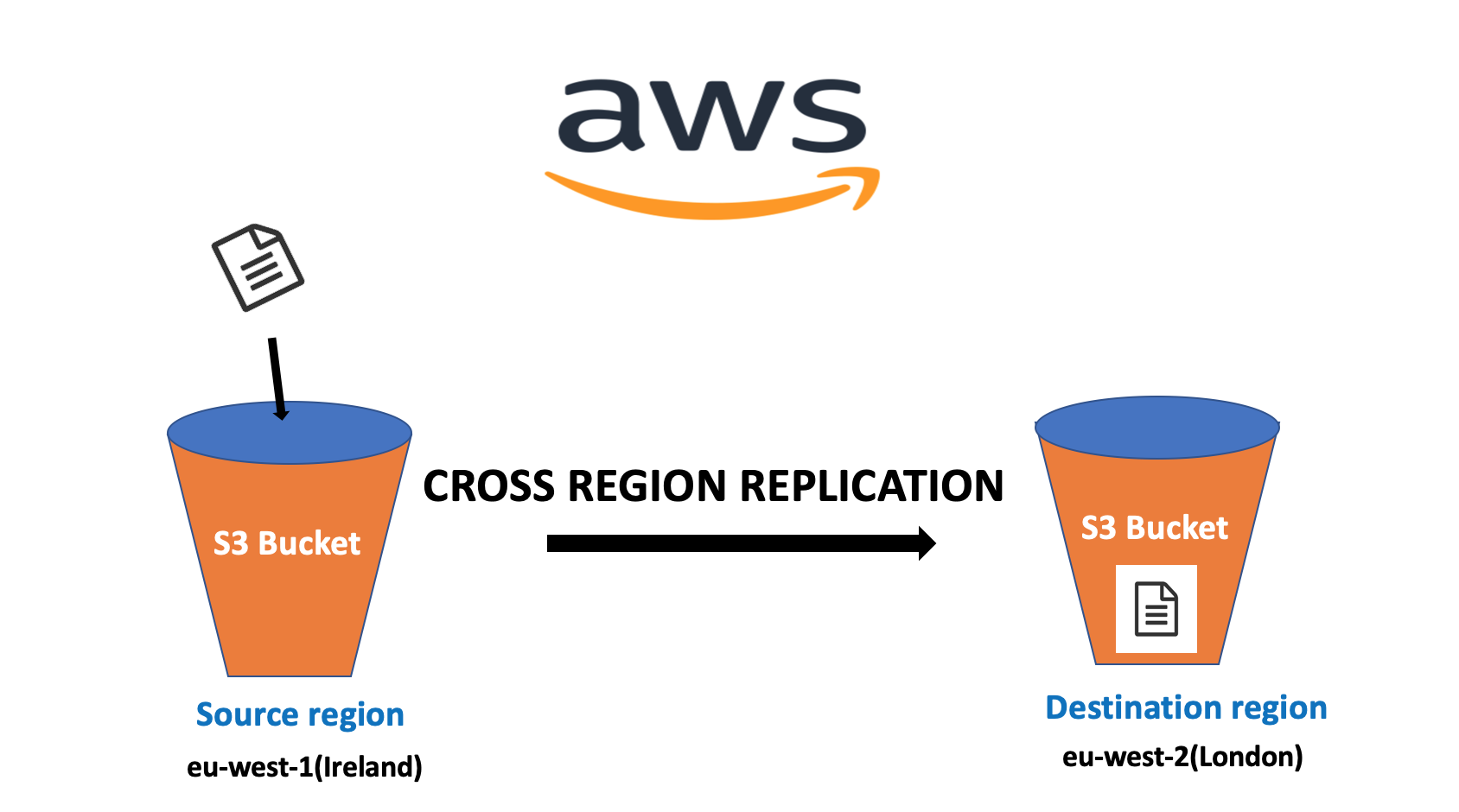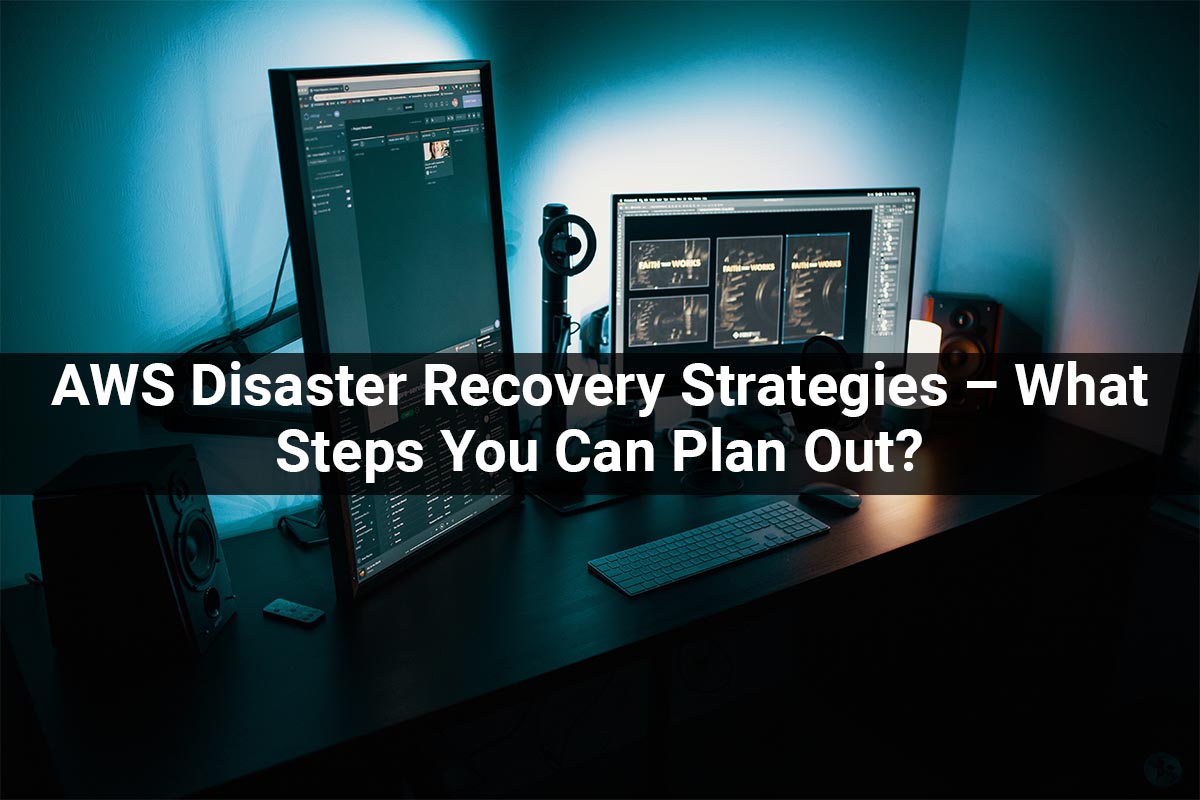AWS Disaster Recovery Strategies – What Steps You Can Plan Out?
During AWS Disaster recovery you need a solid disaster recovery plan that helps organizations stay up in the event of failure or attack. when it comes to disaster recovery, this versatile, decentralized system is an ideal solution for your business.
Determine your RTO
Recovery Time Objective (RTO) represents the allowed time it would take to restore a process back to service after a disaster event occurs. Before you can weigh downtime costs against the cost of data backup and recovery, you have to determine your company’s recovery time objective (RTO). Calculate your Recovery Time Objective (RTO) is more important for a successful recovery plan. This is the maximum length of time your recovery process can take to get everything back online without inflicting unacceptable losses for your business.
Determine Your RPO
Recovery Point Objective (RPO) defines the acceptable amount of data loss measured in time, prior to a disaster event happening. The selection of RPO and RTO should reflect the needs of your enterprise. your RPO must be narrowed by scheduling more frequent backups. Recovery Point Objective is the maximum amount of data loss we assigned to recover as measured in time.
Test your disaster recovery plan

Schedule testing while developing your Disaster Recovery Plan can help you to catch the risks before you need to implement the plan. The most detail-oriented AWS disaster recovery plan has the potential to fail when put into actual practice. you can test your plan using real-world scenarios without jeopardizing your actual production environment. Test your entire Data Recovery process thoroughly and regularly. Testing and retesting of every plan is required so as to fill in the gaps and ensuring low failure in any case.
AWS disaster recovery planning method
With disaster recovery planning having different methods based on your requirements you should choose your planning method.
Backup and restore
Backup and Restore is the first and least expensive disaster recovery method on the list. In this method, you have a backup of your data and then when you need to restore the data you should restore it from your backup. Restoring data should take more time lots of time and resources.
Pilot light
In pilot light, the core function is always running on the cloud. During Disaster the data is synced, and the database is always on and ready to go.
Warm standby
In this method it could make the duplication of systems core elements and keeping them running all the time, it results in very less downtime. At the time of the disaster, the duplicate comes to action and maintains the operation.
Hot standby
It is a full replica of data and the applications running in a different location. So, at the time of the disaster, the system simply redirects everything to the other location.
Backup your data

Don’t just focus on data. Never forget to take backup your data at regular intervals. Take a backup of everything like applications, modules. Make the schedule to take regular backups of data, applications, and more on was stored on Amazon EC2 and EBS volumes could be insufficient to face a disaster. AWS provides a detailed and up-to-date disaster recovery plan that should help you in the time of disaster for recovery and also restore the backup from the AWS cloud backup with very minimal downtime. There are two backup methods provided by AWS You need to choose between these backup options Amazon machine images (AMI) or EBS Snapshots based on your requirements.
Use cross-region backups

On creating a backup, you need to decide on which location you should store your backup. To avoid your entire system being a disaster you should store your backup in different regions around the world. In AWS you can use cross-region replication for S3, the S3 can duplicate the data to multiple locations within a region by default, creating high durability. It does not reduce the risk of data loss, to avoid data loss you must use cross-region replications. The data is distributed in different regions, which could reduce the risk of data loss.
Conclusion
Don’t Wait Until Disaster occurs. Disaster recovery planning should be taken very seriously, it is worst to take steps after your system or application already encountered vulnerabilities. Plan out your steps you can take on disaster then only you are able to retrieve your system quickly. Make disaster recovery planning is a priority and follows the steps we have shared with you.








Leave A Comment
You must be logged in to post a comment.